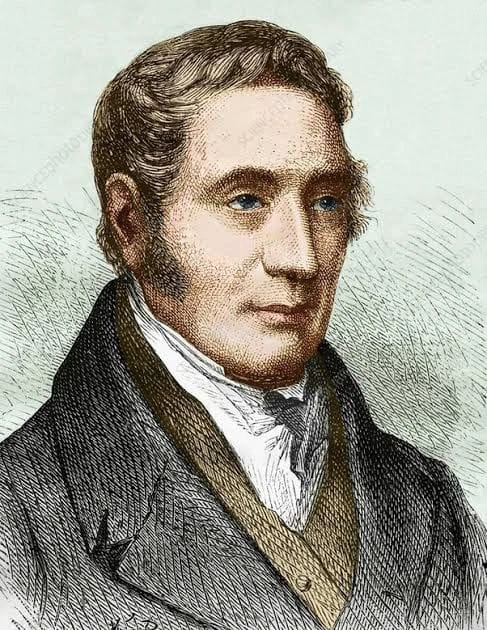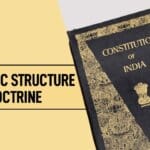The Doctrine of Lapse was an acquisition policy which was widely followed by Lord Dalhousie when he was Governor General of India between 1848 to 1856. This administrative policy was introduced by the British government to expand its authority, focused on annexing princely states without a male heir or facing succession disputes.
HISTORY
James Andrew Broun-Ramsay, the 1st Marquess of Dalhousie and often referred to as Lord Dalhousie, held the position of Governor-General of India from 1848 until 1856. In 1848, the Doctrine of Lapse was utilised for the first time in Satara when its ruler passed away without a male successor.
The acquisition tactic known as the doctrine of lapse was implemented by the East India Company in India, targeting princely states starting in 1859. The rationale behind this policy was that the rulers of these territories were deemed inadequate in safeguarding their subjects from both external threats and internal uprisings. This approach remained in effect until 1859. This event established a pattern that led to the annexation of numerous other princely states based on comparable justifications over the ensuing decade.
The Doctrine of Lapse was also one such factor that led to the revolt of 1857. As not everyone was in favour of this administartive policy. Most of the Indian rulers saw this policy as a gateway for the East India Company to acquire more territory. And they were not ready to give up without even a fight. In 1857, some Indian rulers formed a secret group called “Sepoy Mutiny“, just for the purpose to overthrow the Company. This uprising of secret society was unsuccessful, but it resulted in the complete abolition of Doctrine of Lapse.
INDEPENDENT INDIA
The doctrine of lapse became obsolete during the British Raj period as it was discontinued in 1859. However, the process of incorporating princely states persisted throughout the era of British rule in India. At the time of India’s independence in 1947, there existed over 560 such states. While legally possessing autonomy, these territories were effectively under British administration. Due to their lack of viability and defensibility, a majority of these princely states were assimilated into India between 1947 and 1948 by the Indian government. The final annexation took place with Hyderabad in 1948.
CONCLUSION
The doctrine of lapse was a policy of annexation followed by the British Empire in India. This policy stated that any territory not under direct British rule would be automatically annexed to the empire. As a result, many Indian states were annexed into the British Raj, including Hyderabad and Junagadh. However, after years of protests and demonstrations by Indian citizens, the policy was eventually abandoned in 1948, but it remained an integral part of Indian History.
Other related posts:
Jallianwala Bagh : The Massacre



